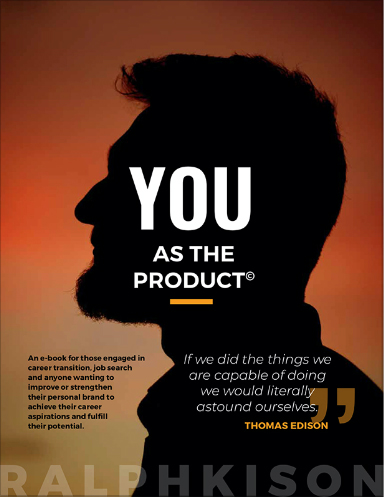This past weekend I attended the Young Engineers of ASHRAE (YEA) leadership weekend in Atlanta. I was encouraged by the response of the majority of the participants to my recommendations to develop and enhance their creative and intuitive skills (a.k.a. right brain) if they have aspirations to move into leadership roles that do not focus exclusively on technical skills. A young engineer from Calgary summarized the challenge of becoming more right brain – creative and intuitive, in a left brain – facts and logic dominated discipline. He said words to the effect of, “at university, we’re taught to quantify everything we do in terms of measureable or tangible improvements. For example, if I am designing a children’s car seat, I have to explain that it is safer because of changes in design, material, strength of the fabric, etc.” and he continued to list more quantitative attributes. Then he said something very significant. “What I realize from attending this weekend is that the ability to state the perceived value of these improvements is more important to the owner of the car seat, the children and their parents, than all technical aspects of the seat.”
He started to realize that value is influenced more by intangible factors such as trust in the manufacturer, history of supporting their product, esthetics of design and reputation in the market than technical details alone. These subjective factors, when combined, create peace-of-mind in having made a good decision. To be clear I am not saying that the quantitative and technical aspects of the product are not important. They are critical and must be a priority for reputable firms. What my young friends began to realize is that even if we have the best technical team, produce a great design and create a superior product such as a car seat, bridge, jet engine or coffee maker, the experience for the customer should be inspiring, positive and deliver intrinsic value that may be difficult if not impossible to quantify. Not everything that is real and important can be fully measured. I am encouraged by the deeper insights many of the attendees had and anticipate they will return to their respective employers asking tougher questions that deal with the deeper issue of “why we are doing what we do and how will it benefit the end user?” rather than simply piling on more data and details in the hope of inspiring and motivating customers and employees to select that firm as a supplier or a place to work.
One other important insight for many of the attendees was that developing a more right brain or soft skills focused approach to positioning and branding themselves would help advance their career. The concept of personal branding was a foreign concept to many of the engineers. I believe this is one of the single most important factors for achieving personal success in engineering or for anyone in a professional service or technical environment.
For more ideas and information on this concept, check out my “Be Inspired” presentation outline at https://www.kison.com//be-inspired/personal-branding-you-as-the-product/


Recent Comments